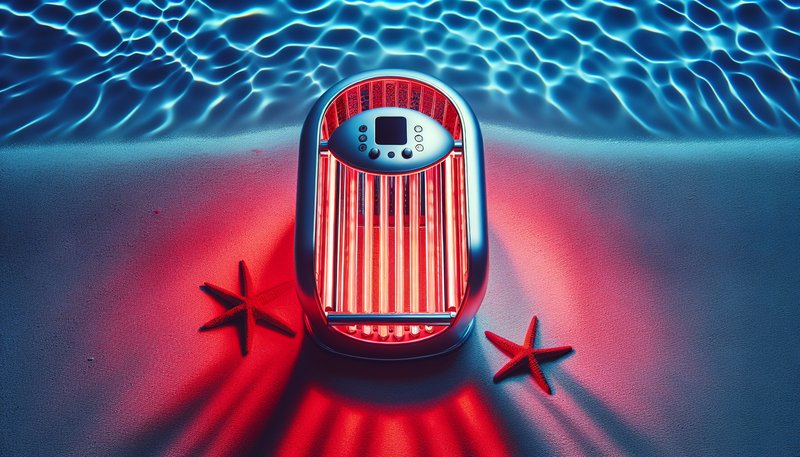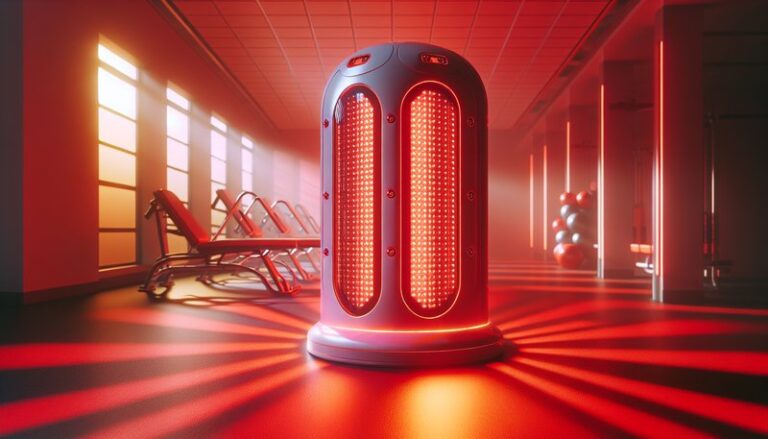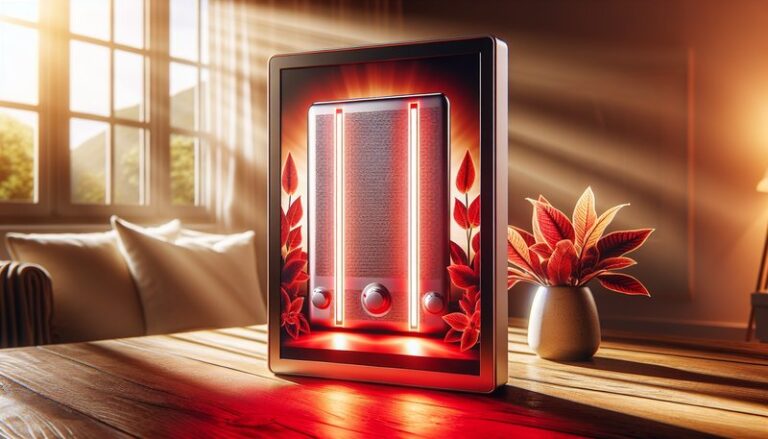Does Red Light Therapy Make You Tan?
Does Red Light Therapy Make You Tan?
Have you ever wondered if red light therapy can give you a sun-kissed glow without the harmful effects of UV exposure? The alluring promise of sun-kissed skin is prevalent in our society, yet many seek safer alternatives to achieve this aesthetic. This article delves into the science behind red light therapy, its effects on skin pigmentation, and whether it can indeed provide a tan-like appearance.
Key Takeaways
- Red light therapy primarily promotes skin health and healing rather than tanning.
- It stimulates collagen production and may improve skin texture and tone, but does not activate melanin like UV light.
- Consideration of skin safety and alternative options is crucial when seeking a tanned appearance.
What is Red Light Therapy?
Red light therapy (RLT) involves using low-wavelength red light to treat various skin conditions and promote healing. It operates on the principle that light can be absorbed by cells, effectively boosting mitochondrial function, energy production, and overall cellular health.
The practice has gained popularity not just for skin rejuvenation but also for addressing conditions such as acne, inflammation, and collagen denaturation. Here’s how it works:
The red light penetrates the skin at a wavelength of around 600 to 650 nanometers. This penetrative ability influences skin cells, enabling processes such as:
- Enhanced collagen synthesis for firmer skin.
- Reduction of inflammation and redness.
- Improvement in blood circulation, promoting a more radiant complexion.
However, despite its beneficial effects, red light therapy does not induce tanning, as it lacks the necessary action on skin cells that produce melanin, the pigment responsible for color change due to sun exposure.
What are the Benefits of Red Light Therapy?
Red light therapy invites a multitude of benefits, particularly for skin health, which we will explore in detail.
Enhanced Skin Healing
Red light therapy accelerates tissue repair by promoting cellular regeneration. Studies show that consistent use can hasten healing processes for wounds, scars, and even post-surgical recovery.
Reduced Inflammation
RLT can significantly diminish inflammation in the skin, making it especially beneficial for conditions like rosacea and acne. Users often report clearer skin and fewer flare-ups.
Improved Skin Texture and Tone
Users often experience improved skin elasticity and texture as collagen production increases. This can lead to a more youthful appearance without the risks associated with sun exposure.
Boosted Mood and Energy Levels
Beyond skin benefits, RLT is known to enhance mood and energy levels, attributed to its impact on circadian rhythms and overall biological processes.
Is it Possible to Tan Using Red Light Therapy?
It is a common misconception that red light therapy can achieve a tanning effect. While it offers numerous benefits for skin health, it does not function like ultraviolet (UV) light, which induces melanin production, the primary contributor to tanning.
What are the Advantages of Seeking Tanning Alternatives?
Given that RLT does not induce tanning, exploring alternatives offers several advantages:
- Safety: Alternatives like spray tans and self-tanners do not expose the skin to harmful UV rays, significantly reducing the risk of skin damage and related health issues.
- Control: These alternatives allow for more precise and customizable tanning results according to personal preferences.
What are the Disadvantages of Seeking Tanning Alternatives?
While appealing, alternative tanning methods also have downsides that should be considered:
- Fading: Self-tans can fade unevenly over time, requiring regular maintenance and reapplication.
- Allergic Reactions: Some individuals may experience skin sensitivities or allergic reactions to certain ingredients in tanning products.
What are the Things to Consider Before Easing into Red Light Therapy?
Before embarking on a red light therapy regimen or seeking tanning alternatives, it’s essential to weigh several factors.
Skin Sensitivity
Understanding your skin’s sensitivity is vital; those with certain skin conditions or sensitivities should consult a dermatologist before pursuing red light therapy.
Application Consistency
For optimal results, consistency is key. Users should aim for regular sessions to reap the benefits of red light therapy while being mindful of not overdoing it, which could lead to irritation.
Read the deep dive Red Light Therapy for Hair
Expected Outcomes
Set realistic expectations about what red light therapy can achieve. While it won’t tan the skin, it can undoubtedly improve overall skin health, texture, and appearance.
What are the Alternatives to Tanning via Red Light Therapy?
If the goal is to achieve a sun-kissed look, there are many appealing alternatives to consider:
Spray Tans
Professional spray tans provide an immediate, bronzed appearance and can be customized to suit individual preferences. The results typically last for about a week.
Self-Tanning Lotions
Self-tanners allow for at-home applications with varying degrees of color. They provide a controlled way to develop a tanned look that can be applied gradually.
Discover the complete story Do They Work?
Bronzers
Cosmetic bronzers offer a quick fix for achieving a tanned look without commitment. They wash off easily and are suitable for special occasions or events.
Conclusion: Is it Recommended to Use Red Light Therapy for Tanning?
In summary, red light therapy is a remarkable treatment for improving skin health, enhancing texture, and reducing inflammation. However, it does not provide a tanning effect. Those desiring a tan may find better results with alternatives specifically designed for that purpose.
Frequently Asked Questions
Does red light therapy darken the skin?
No, red light therapy does not darken the skin or promote melanin production as tanning requires. Instead, it focuses on skin healing and rejuvenation.
How often should I use red light therapy?
For optimal results, many experts recommend 3 to 5 sessions per week, with each session lasting between 10 to 20 minutes, depending on the specific device being used.
Are there any risks associated with red light therapy?
Red light therapy is generally considered safe. However, it is essential to follow guidelines on usage to avoid skin irritation or adverse reactions.
Can I use red light therapy and tanning products simultaneously?
Yes, you can use both, but consulting with a dermatologist or skincare professional is recommended to ensure compatibility and avoid any unwanted reactions.
How long does it take to see results with red light therapy?
Results can vary, but many users report visible improvements within a few weeks of consistent use, particularly in skin texture and tone.






